American History
beach
cities
Florida
USA
Behind the Shiny Facades of The Venice of America
1/23/2025Fort Lauderdale, often dismissed as yet another suburb of Miami, unexpectedly revealed its character that exceeded all my expectations. Having driven through the city countless times, I was pleasantly surprised to finally discover its unique identity, particularly along the scenic Riverwalk. What would have been a few hours killed in Starbucks before taking my train, turned out to be a nice stroll along the water's edge overlooking luxurious yachts, high-end condos, posh crowds, and nature which is never too far in Southern Florida.
My initial impression of Fort Lauderdale was one of polished perfection, with its manicured lawns, expensive cars, and sparkling waterfronts displaying wealth wherever you look. I felt right out of place and began sensing a huge disconnect between its meticulously crafted image and the reality of its exclusive, high-end lifestyle.
Having visited the city right before the 2024 American presidential elections, I had zero doubts about the political affiliations of the city's wealthy residents who openly displayed their support for Trump through flags, red caps, and other campaign swag.
I even had a chance to speak with some of those residents and, while sympathizing with Ukrainians in general, they kept repeating the same nonsense they heard from their leader about kids being killed on both sides of the Russian-Ukrainian war, completely ignoring the fact that the average age of a Ukrainian soldier is 40 years old. This is not just kids who go to war - the whole nation is fighting for its survival in this genocidal and unjust war.
But let’s go back to Fort Lauderdale. The city is truly remarkable and beautiful.
With its sophisticated canal system, Fort Lauderdale has earned its nickname as the "Venice of America."
While it may not possess the same historical charm as its European counterpart, Fort Lauderdale's past is nonetheless marked by significant events that have shaped its present.
The 1920s land boom, triggered by Henry Flagler's extension of his famous Florida East Coast Railway from Palm Beach to Miami and bizarre marketing efforts to promote Florida as a tropical paradise, set the stage for the city's growth.
Although this period of rapid expansion was cut short by the Great Depression, the infrastructure developed during this time laid the groundwork for Southern Florida's post-war renaissance.
Today, Fort Lauderdale's island lots are among the most desired real estate in the United States. The average home prices range from $3 million to $4 million.
The direct access to the Intracoastal Waterway makes Fort Lauderdale a paradise for boaters, fishermen, and water sports enthusiasts.
But this is not all. With its 7-mile stretch of coastline along the Atlantic Ocean, Fort Lauderdale Beach is a tropical paradise that's hard to match.
Just across the railway, the historic downtown district of Fort Lauderdale brings completely different vibes.
It’s a nice blend of old-world charm and modern amenities. On Sunday afternoon, you might stumble upon people enjoying a picnic, listening to the sounds of live music, or sipping a refreshing drink on a terrace.
An occasional Brightline train rumbles by, prompting the bridge to swing shut and stopping water traffic.
My enjoyment of the Riverwalk took an unexpected turn when I came across a stunning yellow iguana soaking up the sun. I guess Nature is indeed never too far in Southern Florida.














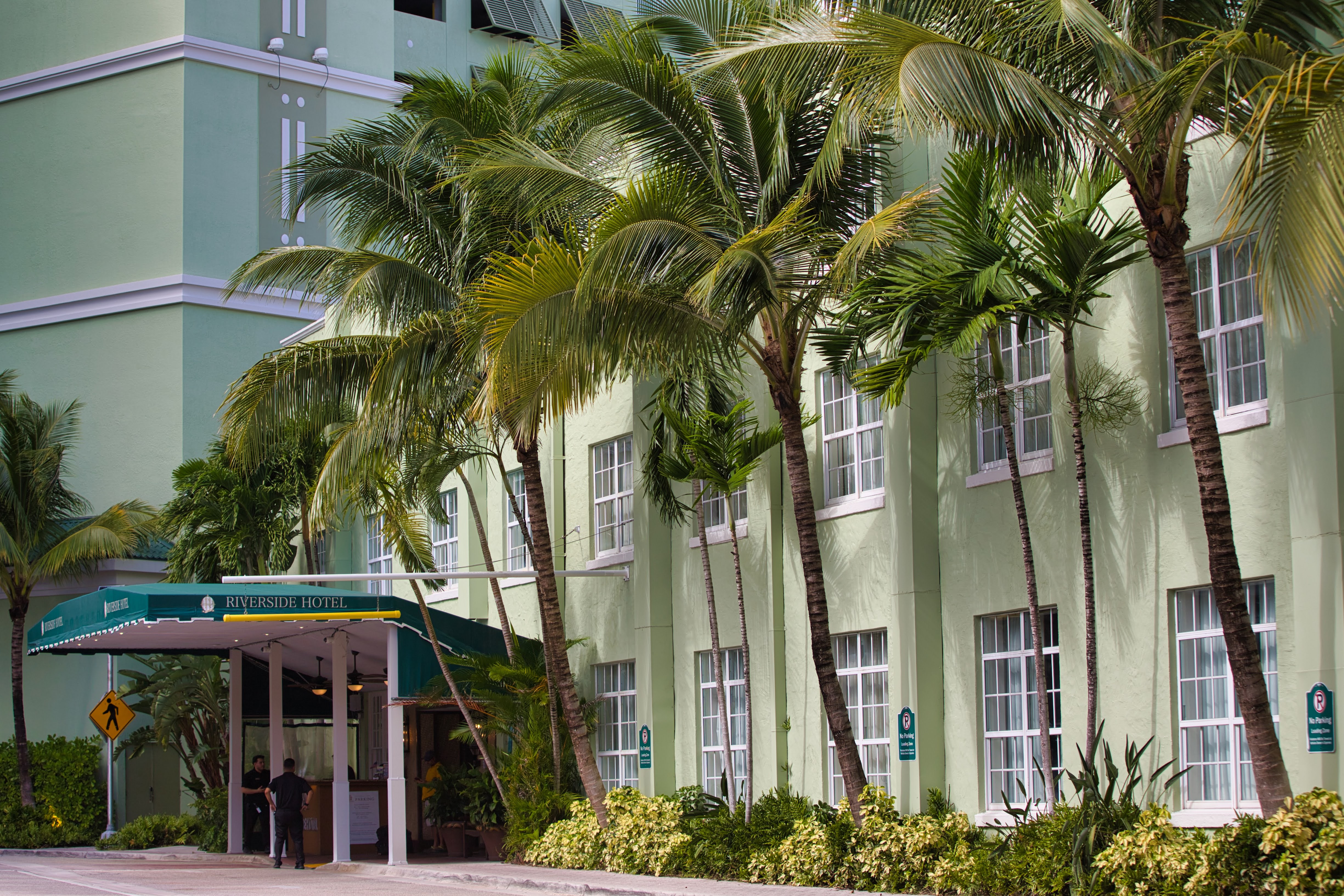


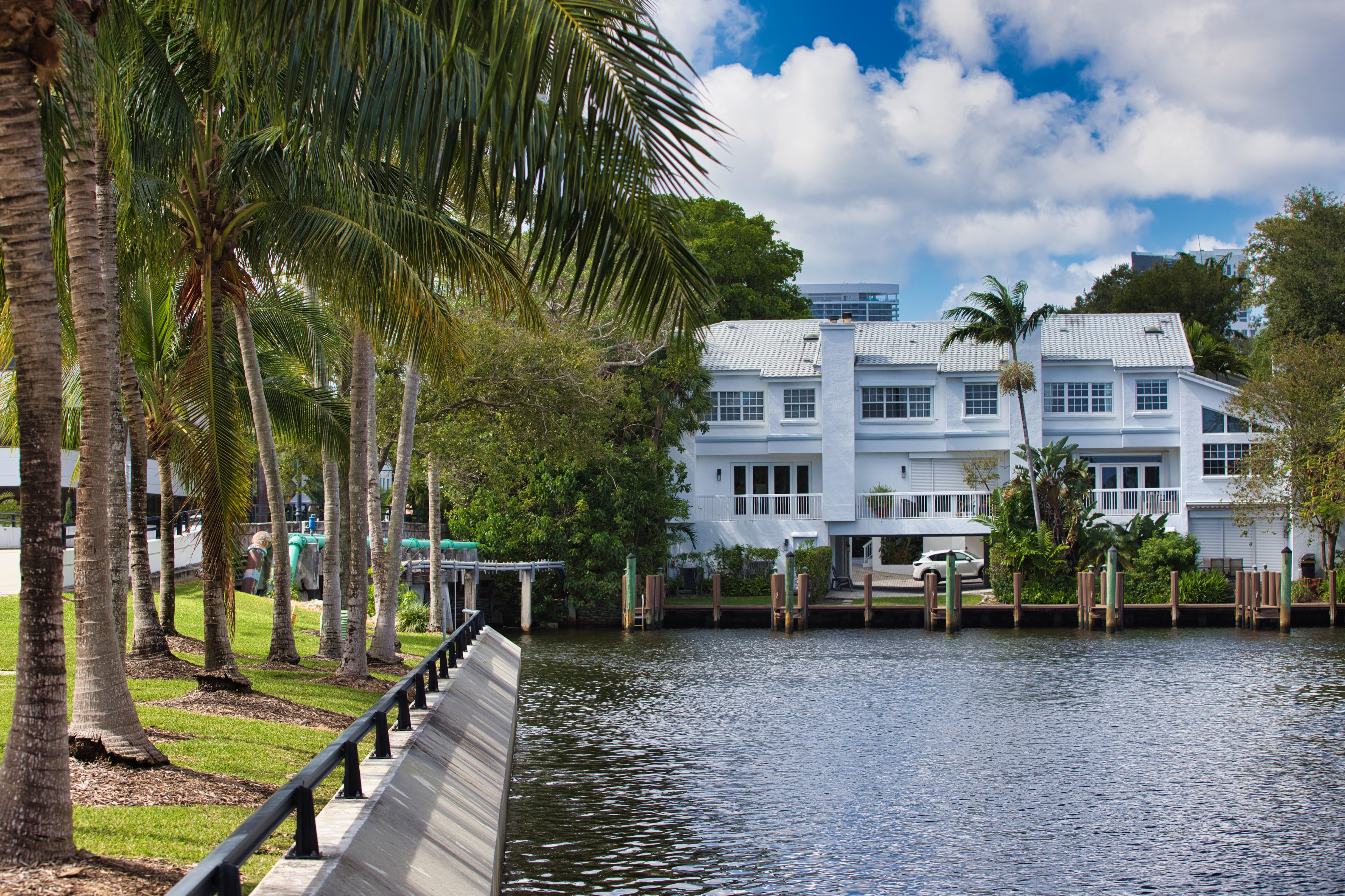



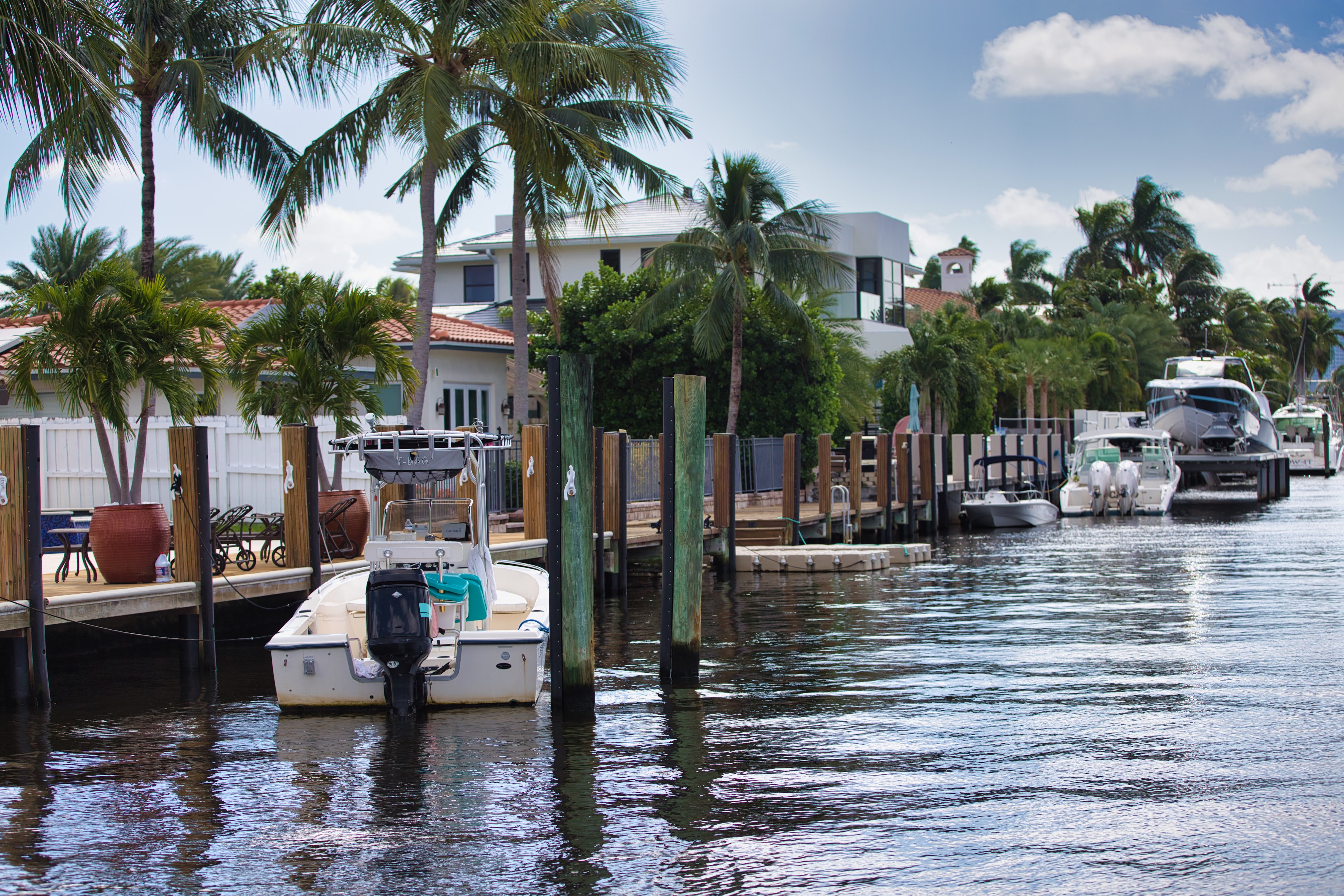
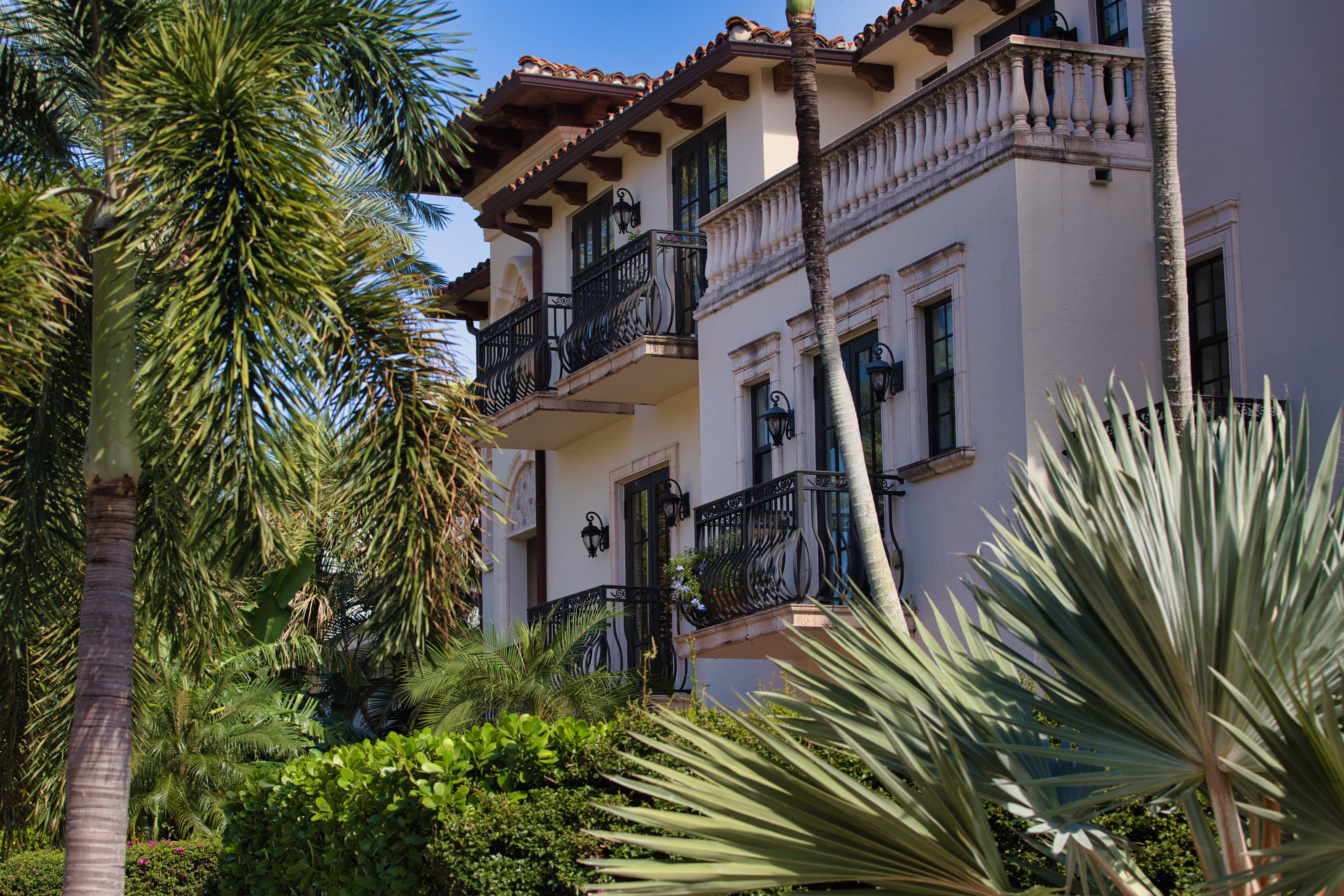
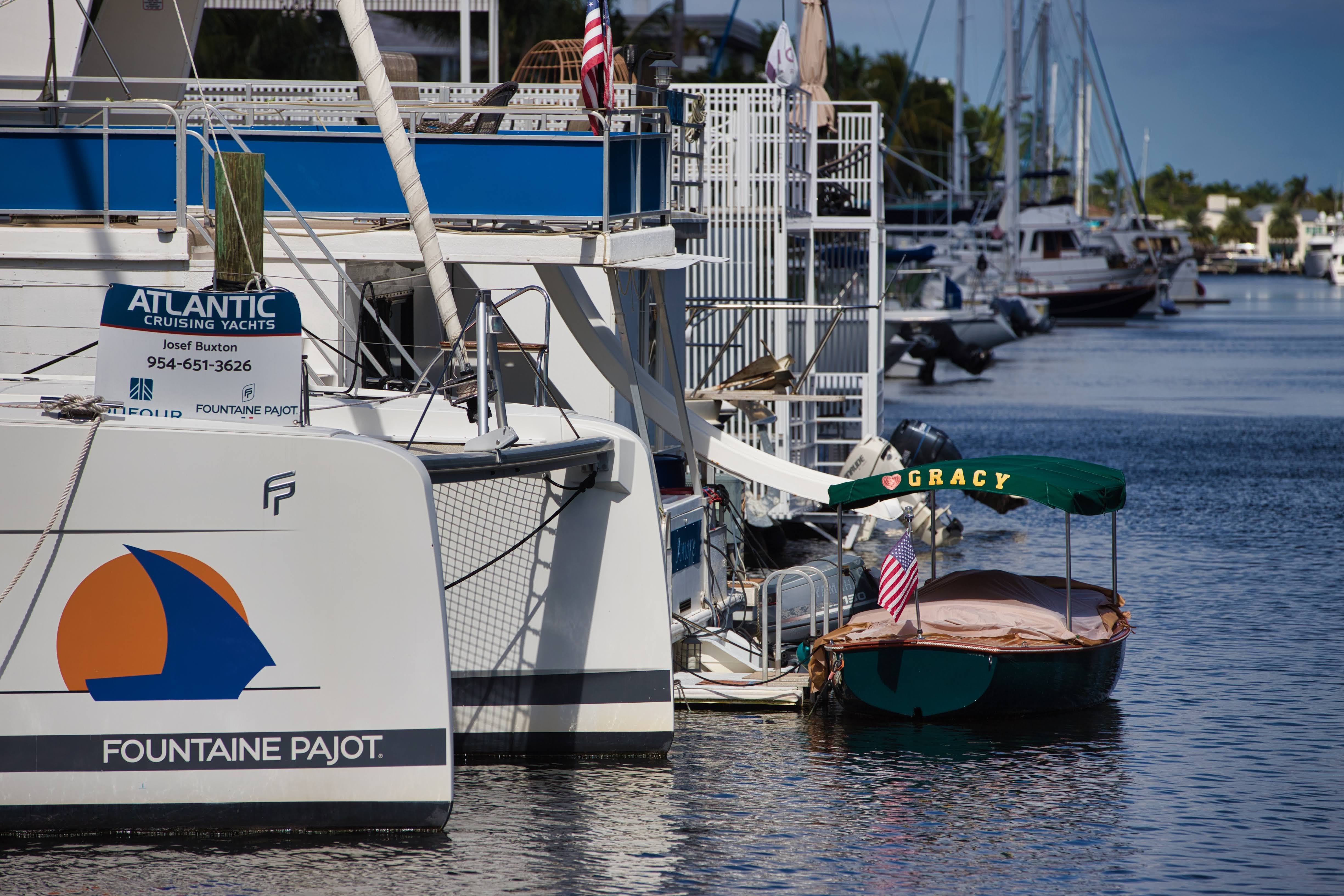






















0 comments